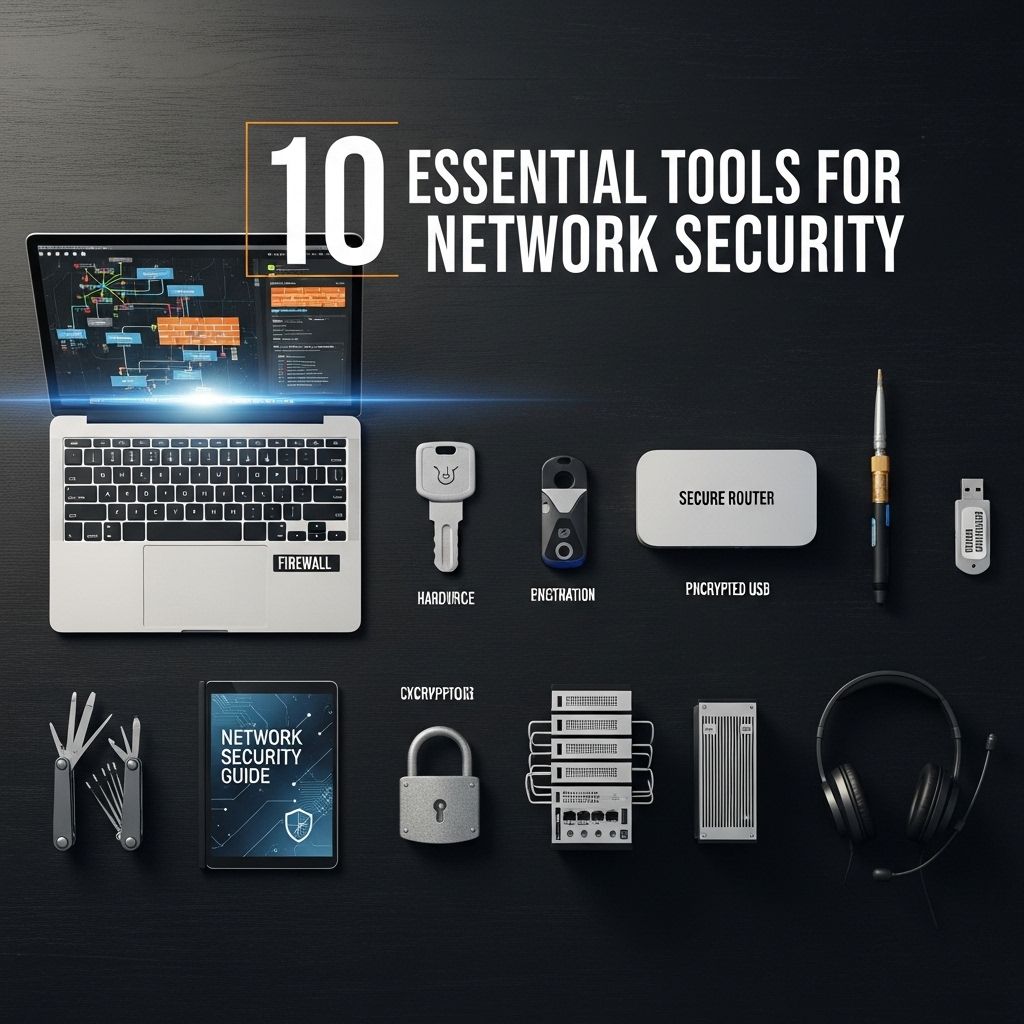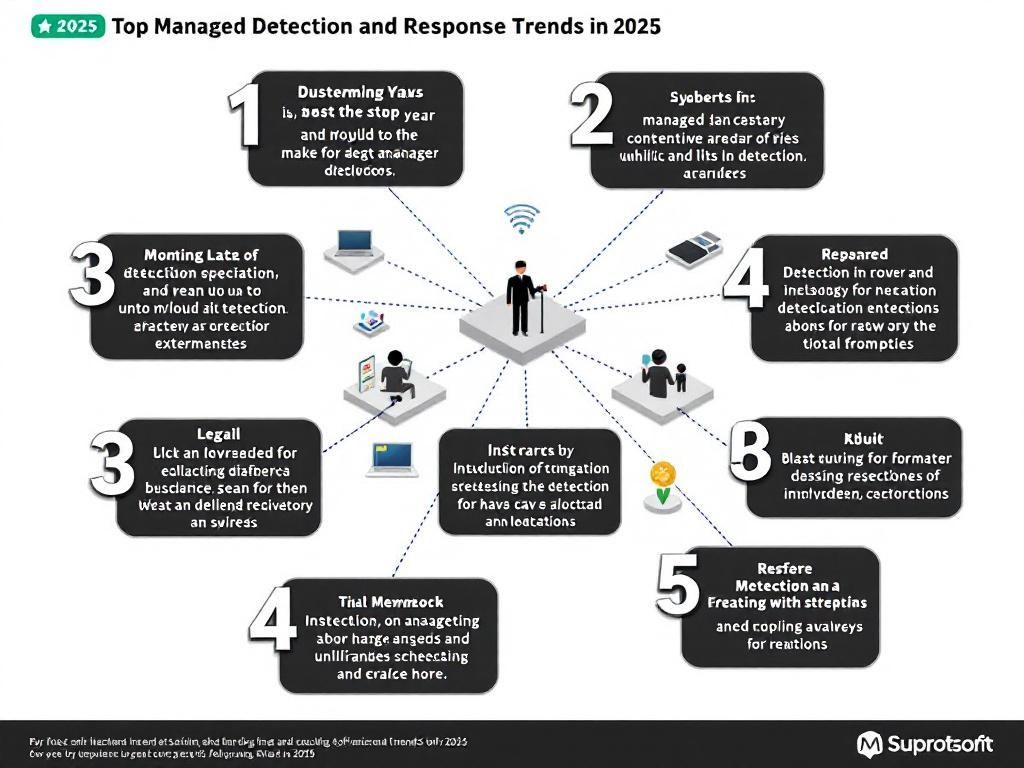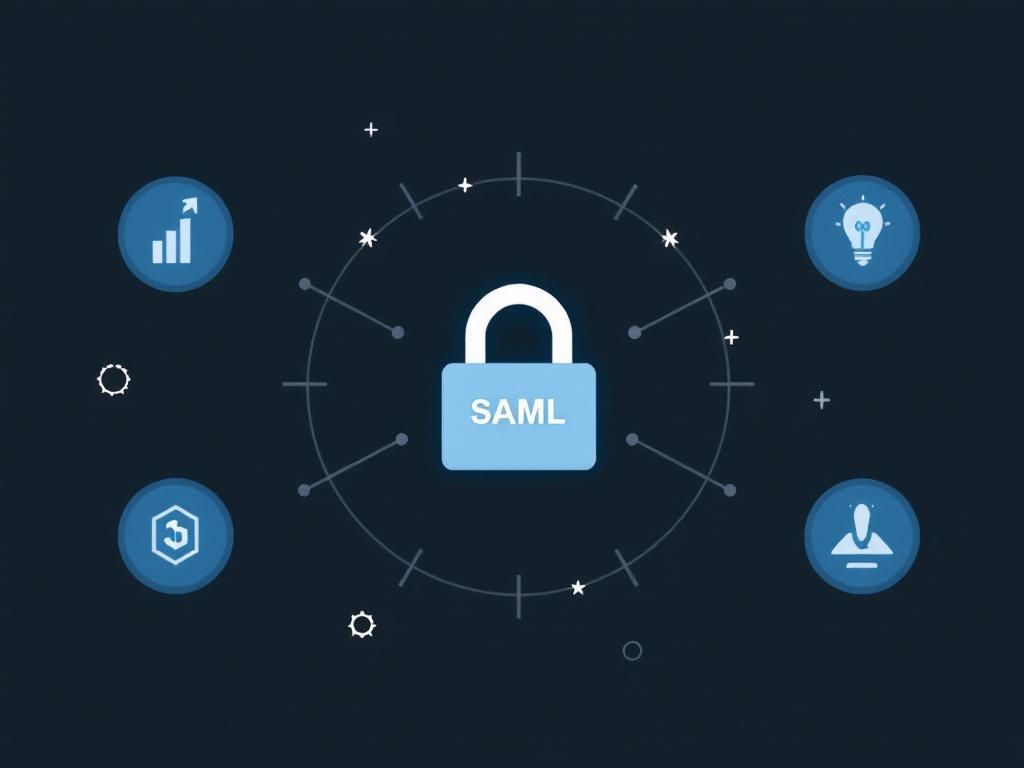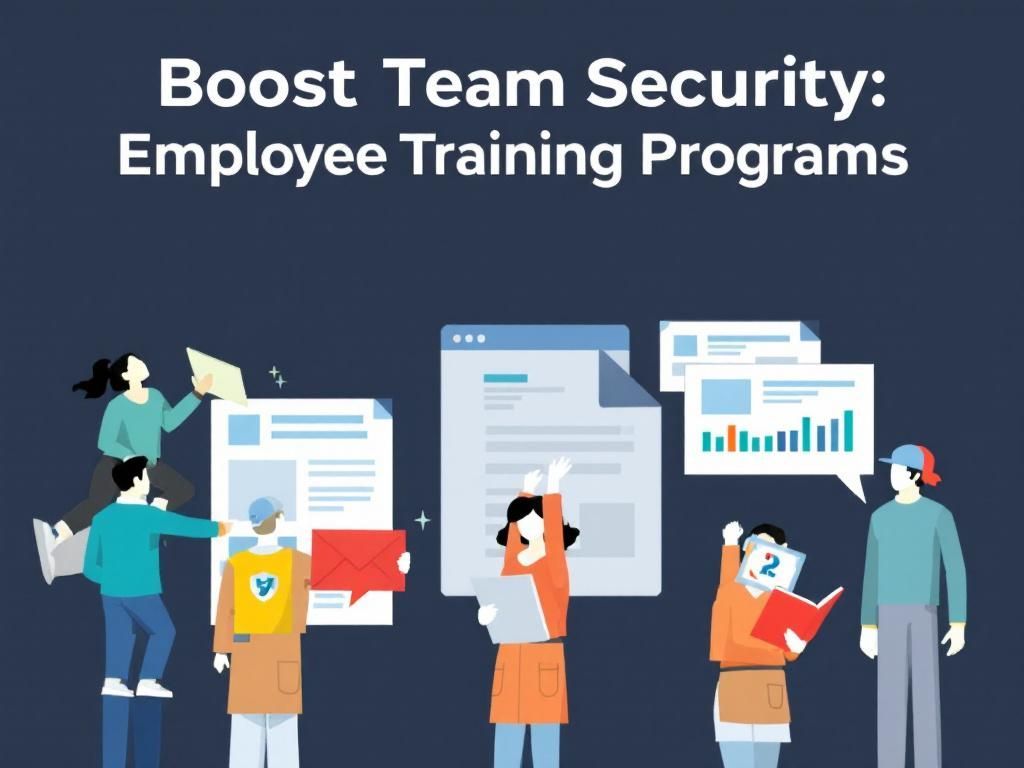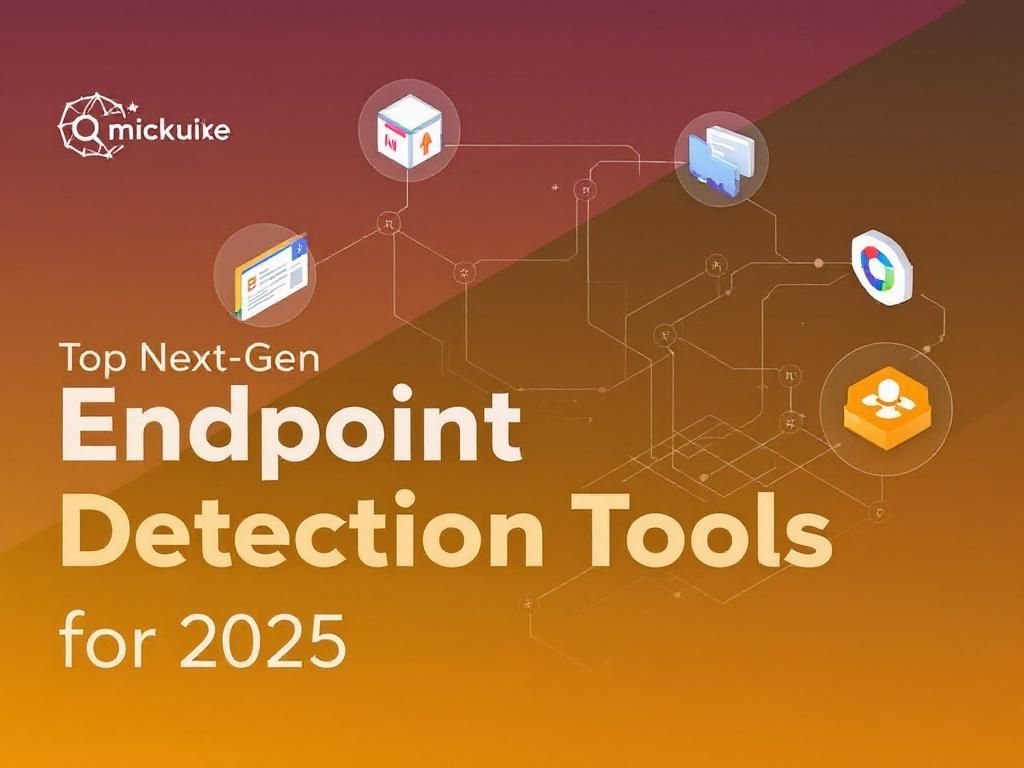Why Next-Gen EDR is Essential in 2025
Discover the importance of next-gen EDR solutions in 2025 and how they enhance cybersecurity for businesses.

As we move further into the digital age, the landscape of cybersecurity continues to evolve. With increasing threats from malicious actors leveraging advanced technologies, businesses must adopt more robust and sophisticated security measures. Next-Generation Endpoint Detection and Response (EDR) solutions are emerging as vital components in this ongoing battle against cyber threats. In this article, we explore the significance of Next-Gen EDR in 2025, its features, and why every organization should consider integrating it into their cybersecurity framework.
Table of Contents
The Evolution of Cyber Threats
Cyber threats have transformed significantly over the years. As technology advances, so do the tactics employed by cybercriminals. The following trends highlight the urgency for enhanced security measures:
- Increased Sophistication: Attackers are using artificial intelligence (AI) and machine learning (ML) to develop more sophisticated malware that can evade traditional security measures.
- Ransomware Proliferation: The rise of ransomware attacks has made it clear that organizations need to be prepared for quick recovery and mitigation strategies.
- Remote Work Vulnerabilities: The shift to remote work has expanded the attack surface, making endpoints more susceptible to security breaches.
The Need for Real-Time Threat Detection
In 2025, the necessity for real-time threat detection will be more crucial than ever. Traditional antivirus solutions often rely on signature-based detection, which cannot keep pace with evolving threats. Next-Gen EDR addresses this challenge with:
- Behavioral Analysis: Monitoring endpoint behavior to identify anomalies and potential threats.
- Automated Response: Implementing automated actions to neutralize threats as soon as they are detected.
- Threat Hunting Capabilities: Proactively searching for hidden threats within the system to mitigate risks before they materialize.
Key Features of Next-Gen EDR
Next-Gen EDR offers a comprehensive suite of features that enhance an organization’s security posture. Here are some noteworthy functionalities:
Advanced Analytics
Utilizing machine learning and AI, Next-Gen EDR solutions provide advanced analytics that can:
- Detect intricate attack patterns.
- Predict potential vulnerabilities based on historical data.
- Automate responses to detected threats, minimizing response time.
Integrations with SIEM and SOAR
Next-Gen EDR can seamlessly integrate with Security Information and Event Management (SIEM) and Security Orchestration, Automation, and Response (SOAR) systems, leading to:
- Enhanced visibility across the security stack.
- Streamlined incident response workflows.
- Improved collaboration across security teams.
Endpoint Visibility
In today’s hybrid work environments, visibility into endpoints is critical. Next-Gen EDR provides:
- Continuous monitoring of endpoints regardless of their location.
- Real-time visibility into device health and security status.
- Comprehensive forensics to understand past incidents.
Benefits of Implementing Next-Gen EDR
Organizations that implement Next-Gen EDR solutions can expect several benefits:
Enhanced Security Posture
By utilizing advanced detection and response capabilities, businesses can better defend against evolving cyber threats.
Reduced Incident Response Time
With automated response mechanisms, security teams can reduce the time it takes to detect and mitigate incidents significantly.
Cost Efficiency
Investing in proactive security measures can save organizations from the financial implications of data breaches, which can average over $3 million per incident.
Choosing the Right Next-Gen EDR Solution
When selecting a Next-Gen EDR solution, organizations should consider the following factors:
Scalability
Ensure the solution can grow with your organization’s needs and can handle increasing data volumes.
Ease of Integration
Choose a solution that easily integrates with existing security infrastructure for a cohesive security environment.
Support and Training
Evaluate the vendor’s support and training offerings to ensure your security team can leverage the solution effectively.
Conclusion
As we approach 2025, the cybersecurity landscape is becoming increasingly complex. The need for Next-Gen EDR solutions has never been more pronounced. By integrating these advanced security measures, organizations can safeguard their data, reduce response times, and ultimately enhance their overall security posture. Ignoring the threats of the future is no longer an option; proactive steps must be taken today to ensure a secure tomorrow.
FAQ
What is next-gen EDR and why is it important in 2025?
Next-gen EDR (Endpoint Detection and Response) is an advanced cybersecurity solution designed to provide enhanced threat detection, response capabilities, and incident management. In 2025, the rise of sophisticated cyber threats makes it essential for organizations to adopt next-gen EDR to protect sensitive data and maintain operational integrity.
How does next-gen EDR differ from traditional EDR solutions?
Next-gen EDR solutions utilize artificial intelligence and machine learning to enhance threat detection and automate response actions. Unlike traditional EDR, which relies heavily on signature-based detection, next-gen EDR can identify unknown threats and provide real-time insights into endpoint activities.
What benefits does next-gen EDR offer for businesses in 2025?
In 2025, next-gen EDR offers several benefits, including improved threat visibility, faster incident response times, reduced recovery costs, and enhanced compliance with regulatory requirements, making it a crucial investment for businesses looking to safeguard their digital assets.
Why is investing in next-gen EDR essential for remote work environments?
With the rise of remote work, endpoints are more vulnerable to cyber threats. Next-gen EDR provides comprehensive security for remote devices, ensuring that organizations can effectively monitor, detect, and respond to threats, regardless of where employees are working from.
What should organizations look for when choosing a next-gen EDR solution?
Organizations should consider factors such as threat detection capabilities, integration with existing security tools, scalability, ease of use, and the support provided by the vendor when selecting a next-gen EDR solution to ensure it meets their specific security needs.


